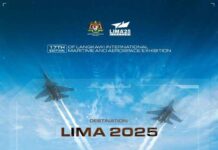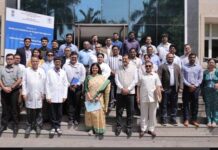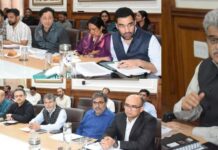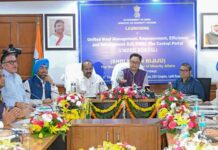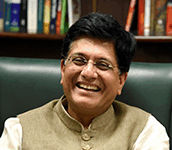25 JAN ,Delhi: Atal Innovation Mission – NITI Aayog, Central Board of Secondary Education -Ministry of Education, and Intel India have collaborated to bring a change in the education sector by embedding future skills such as AI and Tinkering in the formal curriculum.
The larger aim is to align the NEP 2020’s guidance to increase the pace of tech integration for youth, the need to bridge the future skills gap in the country, and optimize the current infrastructure (ATLs, etc.) towards making India AI-ready. Together, they launched the AIoT Integration in School Curriculum in September 2022 and initiated a pilot.
Today’s showcase was an outcome of this pilot program and there was,
A display of AIoT integration-based lesson plans created by teachers themselves, after undergoing training and orientation by experts from the academic and technology sector,
A demonstration of AI and AIoT-enabled social impact projects built by students using tinkering and AI, with guidance from their teachers, and
Release of a compendium with 70 exemplar lesson plans to set the pace for schools and educators wanting to join the momentum for building digital readiness in the country.
In his keynote address the chief guest, Dr. Chintan Vaishnav, Mission Director, Atal Innovation Mission, NITI Aayog, said, “It is well known that learning a concept in multiple ways with multiple modes strengthens the understanding of the concept. A lot of effort has gone into creating the exercises produced in this book to facilitate such multi-modal learning. I thank CBSE and Intel India for this collaboration with AIM and congratulate all the participating schools who were part of the pilot of the ‘AIoT Integration in Curriculum’ program, on being the trailblazers. I hope that this compendium of AIoT integrated lesson plans created by educators is taken up by teachers across the country, to explore AIoT exemplar lesson plans and implement them in the classrooms, with utmost sense of urgency.”
The compendium is a collection of lesson plans created by the teachers and each one provides a 360-degree view of how AIoT integration can be used to enhance learning in a classroom.
For example, one of the lesson plans for class 9, helps to guide the students to analyze the reason for pain in the back and develop an AI-led solution where an LED light glows every time it detects incorrect posture and green light glows once the correct posture is retained.
In yet another lesson plan for social science, a student is guided to first make use of the design thinking process to understand why plants die in winter, given an insight into using tinkering tools like sensors and Arduino UNO to record the moisture level of the soil, and then supported to deploy a supervised AI model to predict the plant’s health by making use of the recorded data.
Addressing the teachers, educators, and facilitators, present on the occasion, Dr Biswajit Saha, Director (Trainings & Skill Education), CBSE, said that the new methodology will enable the shift in teaching pedagogies from traditional to digital with several additional benefits and increased efficiency. He said, “Integrating AI and Tinkering with lesson plans and making them part of the everyday teaching-learning activities can help enable the students to imbibe the digital-first mindset. We hope this compendium will empower teachers to guide their students and help build a truly future-ready generation.”
Ms. Shweta Khurana, Senior Director, Asia Pacific & Japan, Global Government Affairs Group, Intel, elaborated on the need to empower India’s young population for the future, “AIoT Integration in Curriculum,’ is a collaborative effort between AIM – NITI Aayog, CBSE – Ministry of Education, and Intel India. Our goal is to empower teachers with appropriate, skillsets, mindsets, and toolsets to integrate AI and Tinkering. We hope that through this methodology, the students will gain a comprehensive understanding of how emerging technologies can be used impactfully and responsibly. We sincerely hope that the schools enjoy implementing these lesson plans as much as we did during the journey of curating them together”

